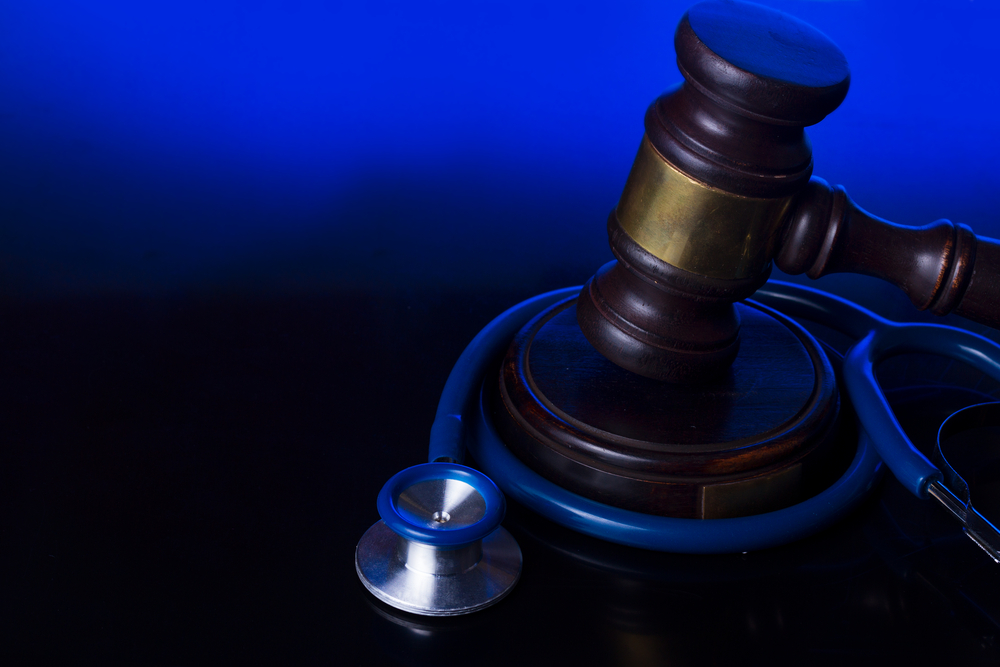Personal Injury Lawyer
A plaintiff who has won their personal injury lawsuit can collect monetary compensation for their losses caused by the defendant. This monetary compensation is called damages. Damages come in many forms and might vary depending on the specifics of the lawsuit and types of injuries the plaintiff has suffered. The plaintiff should consult with a personal injury lawyer to better understand damages that could potentially be collected. Damages are categorized as either economic or noneconomic damages. Economic damages include medical bills and loss of income. Common types of noneconomic damages include pain and suffering, emotional distress, wrongful death, and loss of companionship. Noneconomic damages are more subjective than economic damages and are more difficult to calculate.
Medical Bills
The defendant will be responsible for paying for any medical treatment that the plaintiff had to undergo as a result of their injuries, such as ER visits, hospital stays, lab tests, and physical therapy. Damages awarded for medical bills will include medical care that the plaintiff has already received as well as any future medical care that the plaintiff will need.
Loss of Income
The defendant will also be responsible for compensating the plaintiff for any work that the plaintiff had to miss because of their injury or because they were receiving treatment for their injury. This is true even if the plaintiff used vacation or sick days to receive paid time off. If the plaintiff cannot return to work permanently, a financial expert will need to provide an expert opinion on the what the plaintiff’s future lost income amounts to, as well as what the plaintiff’s lost earning capacity is.
Pain and Suffering
Damages for pain and suffering encompass some of the non-monetary effects of an accident, such as physical pain caused to the plaintiff by the accident; physical pain or discomfort from medical treatment for the plaintiff’s injuries; and psychological effects of the accident and the plaintiff’s injuries, including mental anguish, anxiety, and sleeplessness.
Emotional Distress
A plaintiff can receive damages for emotional distress if the accident damages the plaintiff’s mental health. Emotional distress damages are more difficult to prove than other types of noneconomic damages, and the plaintiff will usually need to present evidence of a diagnosis or treatment by a mental health professional to receive emotional distress damages.
Wrongful Death
A wrongful death lawsuit is initiated by the family members of a person who was killed by the defendant’s intentional or negligent conduct. In a wrongful death case, the decedent’s family might be entitled to various types of damages, including the decedent’s medical bills, loss of the decedent’s future income, the decedent’s pain and suffering, funeral and burial costs, and loss of the care, guidance, and services the decedent would have provided.
Loss of companionship
Loss of companionship, or loss of consortium, damages are suffered by an injured plaintiff’s spouse, partner, or close family members as a result of the plaintiff’s incapacity from their injury. Depending on the state, the plaintiff’s family members might be able to file a separate loss of consortium claim in order to compensate them for the loss of their intimate relationship with the injured plaintiff.
Damages Caps
It is also important to note that some state legislatures place monetary caps on the amount of damages a plaintiff can recover. These caps are usually placed on noneconomic damages. They also might apply only to specific types of cases. Be sure to check your state’s laws to determine whether your lawsuit will be subjected to a cap on damages.
Thanks to Eglet Adams for their insight on damages in personal injury cases.

